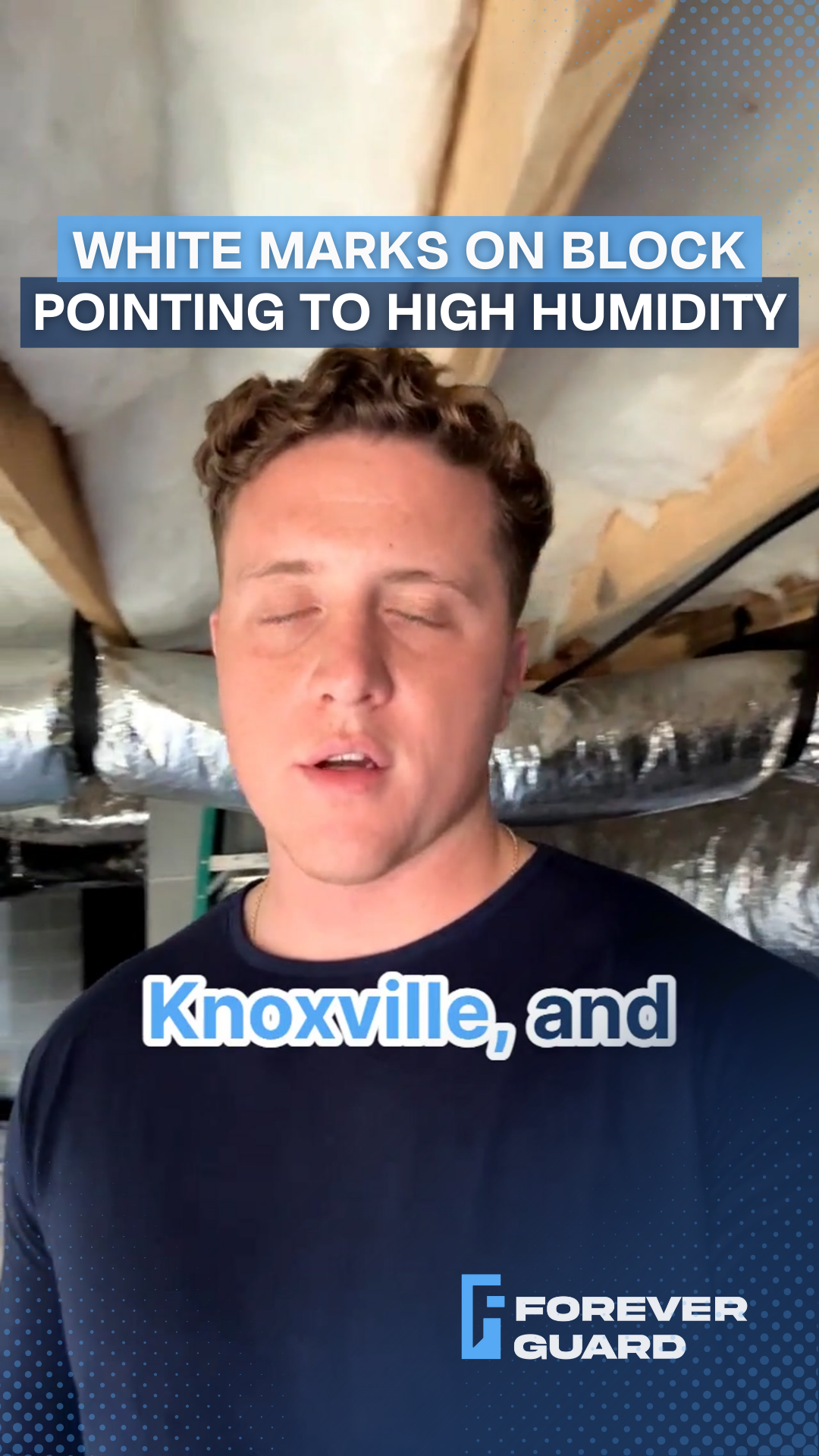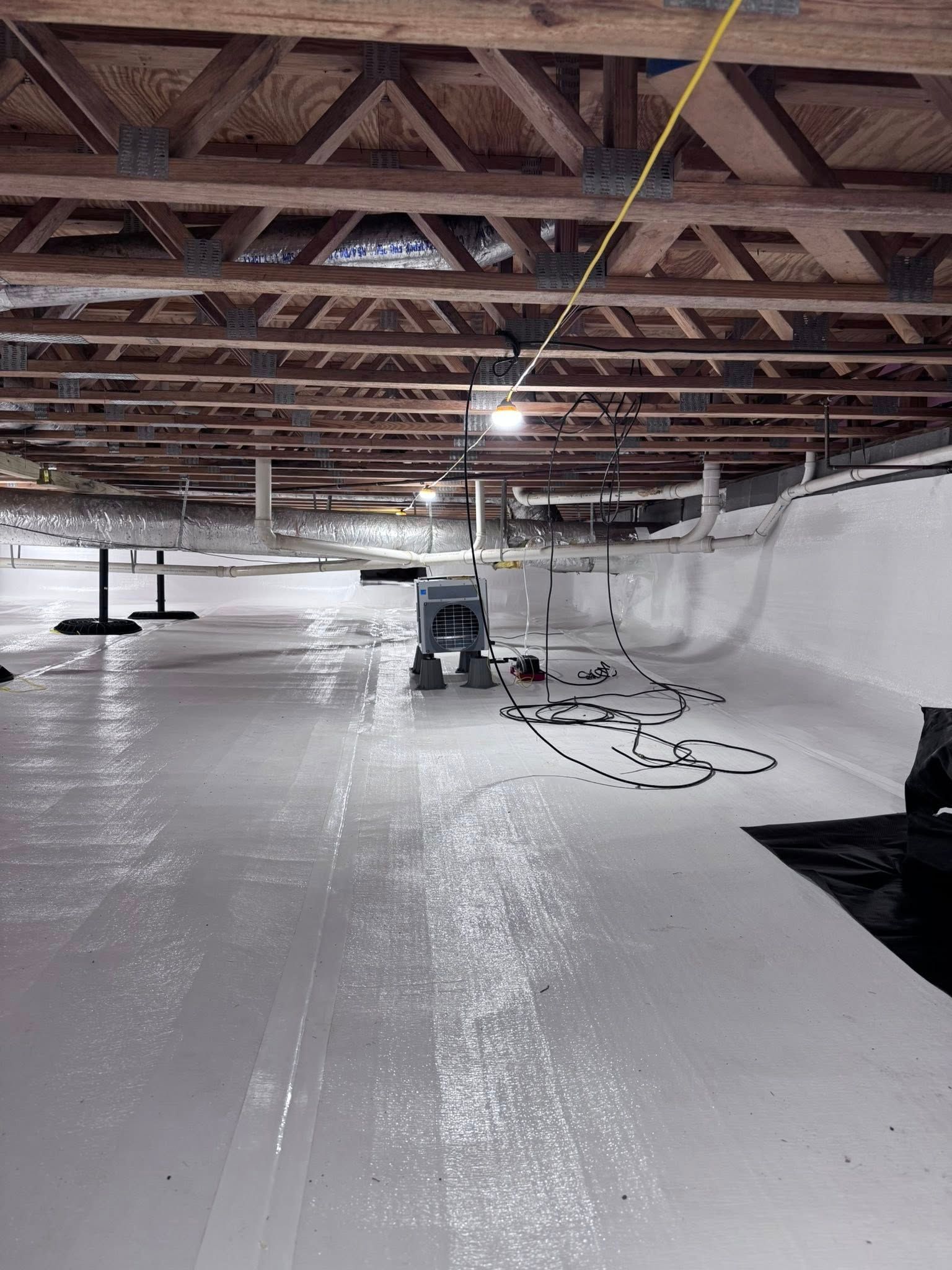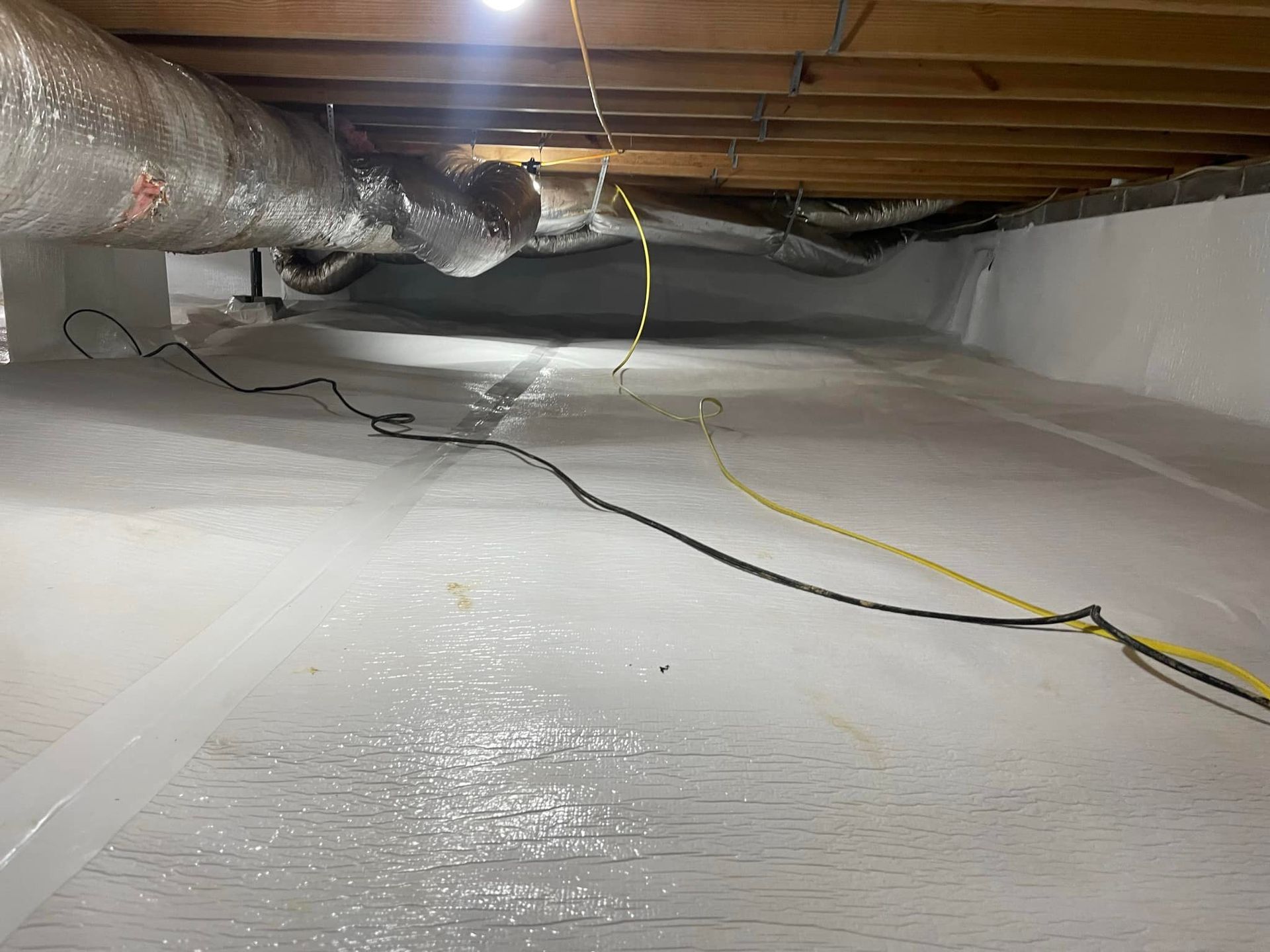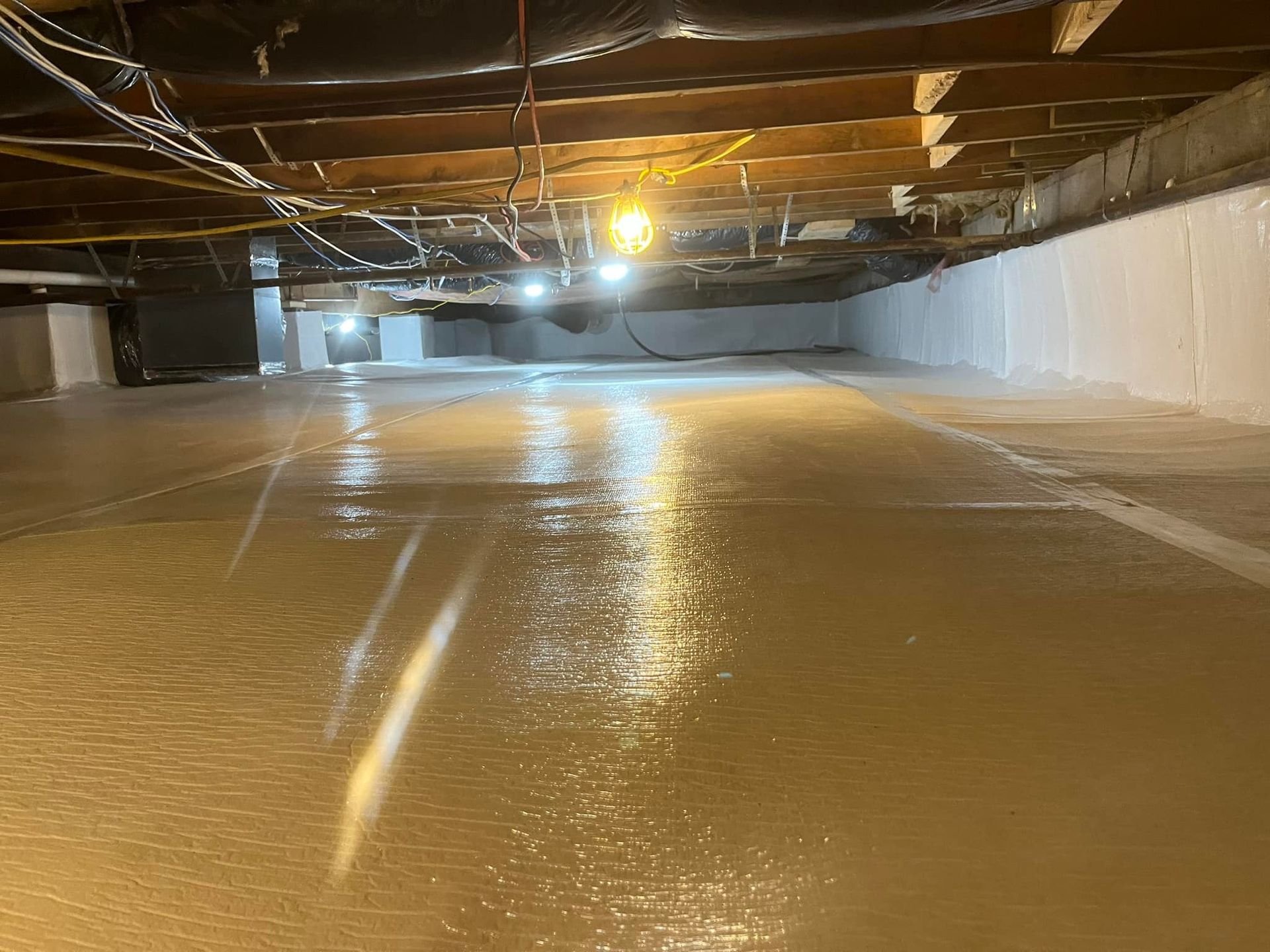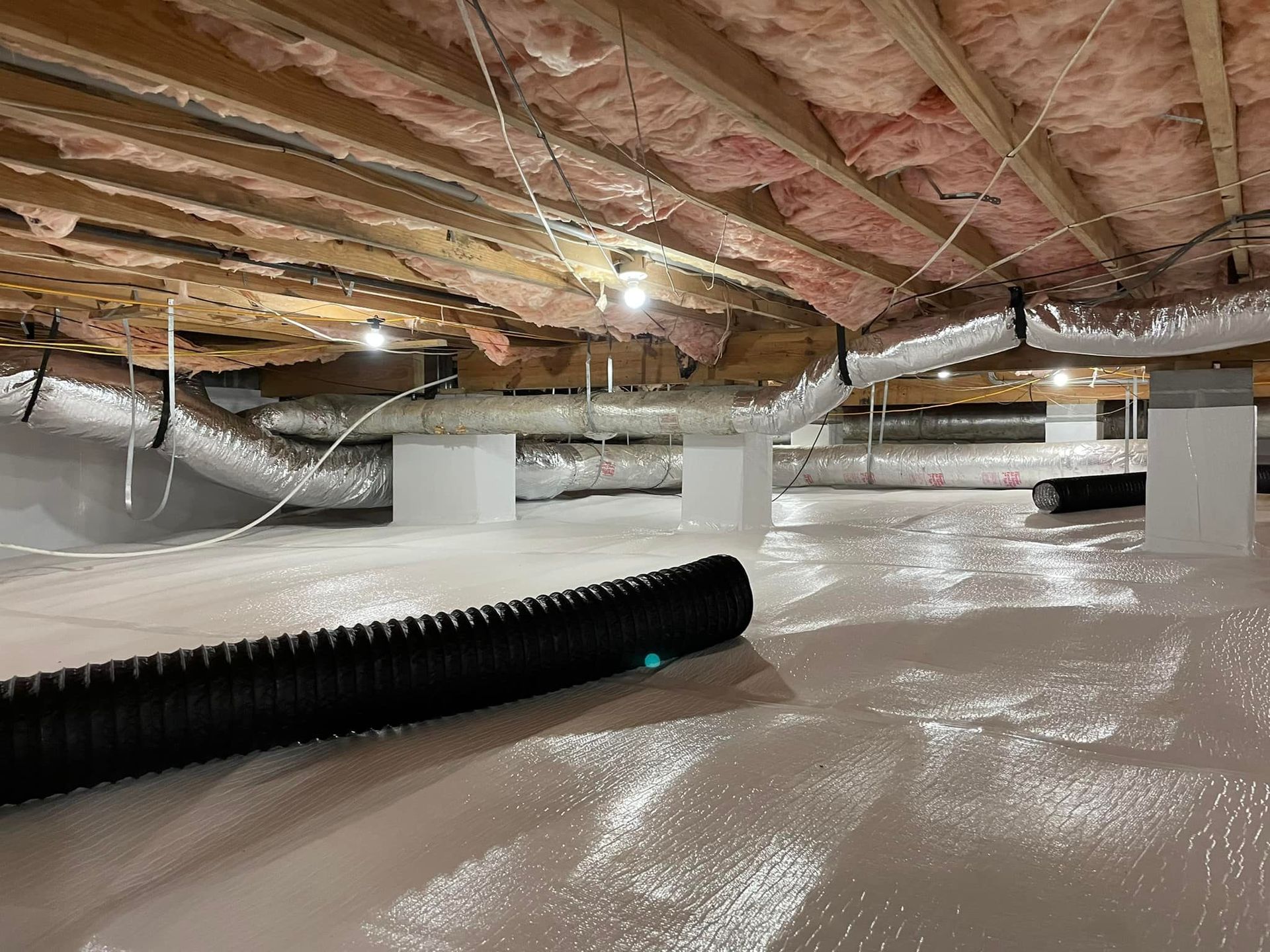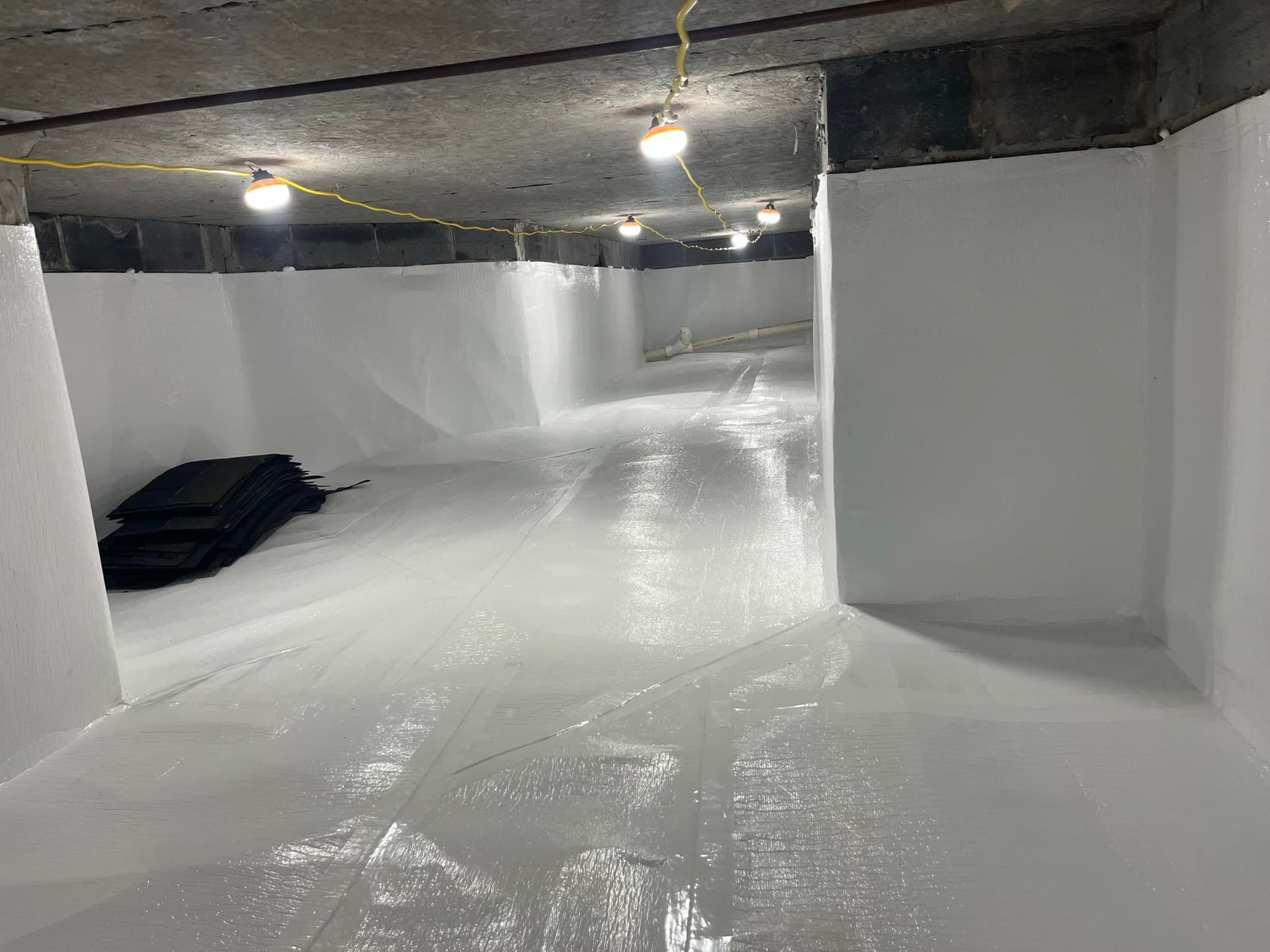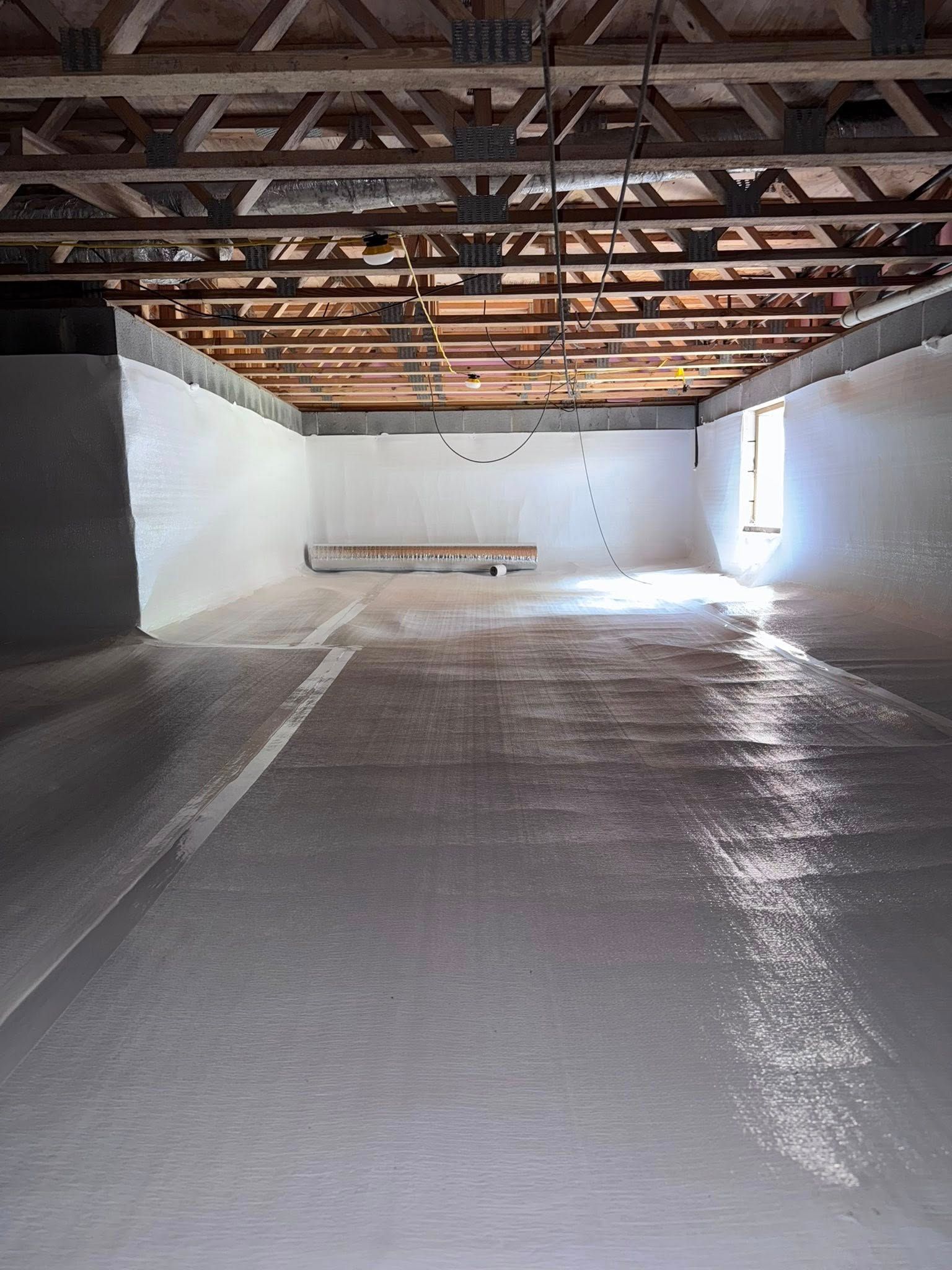Why Your Crawl Space Needs Both Moisture and Termite Inspections
Two Problems That Work Together to Damage Your Home
A professional crawl space inspector explains what happens when moisture meets termites
During a routine crawl space inspection today, I found something that perfectly shows why moisture and termite control need to work together.
The customer's subfloor was seriously damaged - not just by one problem, but by two working together.
The evidence was clear: termite tunnels running through the rim joists and floor joists, plus signs of moisture damage throughout.
They'd even eaten through the paper backing on the insulation.
This kind of damage doesn't happen overnight, but when it goes unchecked, it leads to expensive repairs.
How Moisture and Termites Team Up
Here's what most homeowners don't realize: termites actually need moisture to break down wood. Think about it - termites target cellulose, the natural material that holds wood together. But they can't digest dry wood effectively. They need a damp environment to do their damage.
That's why a humid crawl space is like rolling out the welcome mat for termites. The moisture first weakens the wood through fungal growth. Then termites move in, finding perfect conditions for their work. They're both breaking down the same part of the wood, just in different ways.
In high humidity crawl spaces, you're not fighting one problem - you're fighting two. And they work together to cause serious structural damage faster than either one alone.
The Real Cost of Waiting
What I found in this crawl space means some serious repairs. We're looking at having to sister several joists - that's when we add new support beams alongside the damaged ones. Some areas might even need complete joist replacement. There's also potential subfloor damage we'll need to address.
These aren't small fixes. When both moisture and termites have been working together for a while, the damage gets extensive. What could have been prevented with regular checks now means major structural repairs.
What to Look For
When I inspect crawl spaces, I check specific areas where moisture and termites tend to cause problems:
- Rim joists along the foundation walls
- Main support beams and floor joists
- Insulation (especially the paper backing)
- Areas around plumbing or water sources
- Wood that contacts the ground
If you see mud tubes, damaged wood, or signs of moisture, don't wait to get it checked out. These problems only get worse - and more expensive - over time.
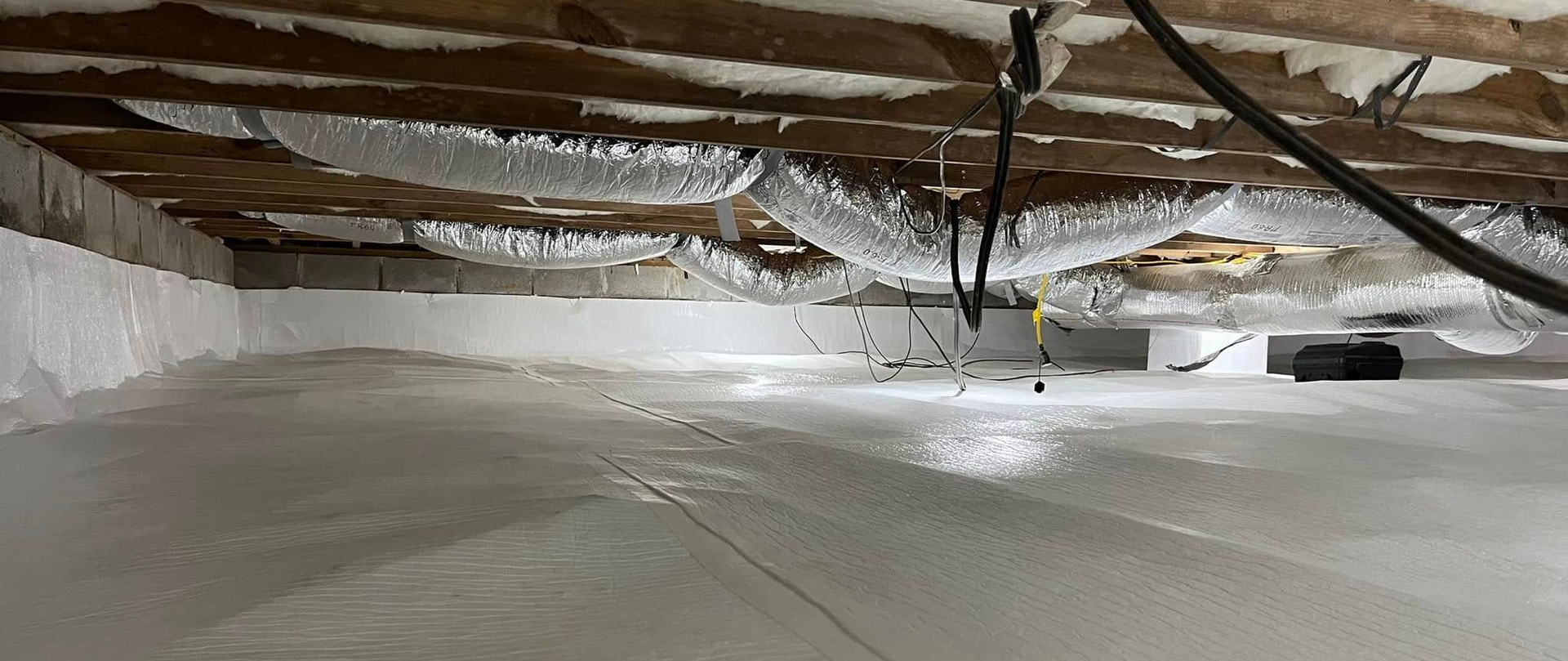
Protecting Your Home
The solution is pretty straightforward: check your crawl space every three months. Here's what you should do:
- Look for any signs of water or moisture
- Check wood surfaces for termite activity
- Make sure insulation isn't falling or damaged
- Watch for any musty smells
- Keep up with your termite inspections
Regular monitoring helps catch problems while they're still small. It's much cheaper to control moisture or treat for termites early than to replace structural components later.
Get Your Crawl Space Checked
Look, I know crawl spaces aren't exactly on your mind every day. Most homeowners never think about what's happening under their feet until there's a problem. But by then, moisture and termites might have already teamed up to cause serious damage.
Prevention is always cheaper than repair. A professional inspection can catch these issues before they turn into major structural problems that cost thousands to fix.
Don't wait until you find soft spots in your floors or termite swarmers in your home. Give us a call, and we'll do a thorough inspection of your crawl space. We'll check for both moisture issues and termite activity, and give you honest recommendations about what needs attention.
